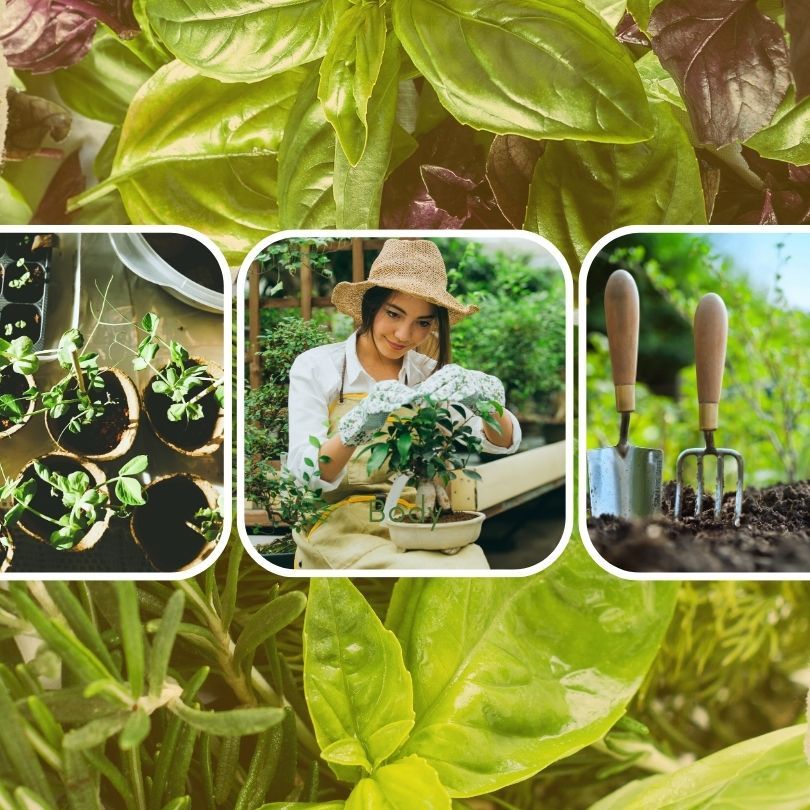
Key Takeaways
Learn how to regenerate your soil for a healthier garden ecosystem.
Discover how to use everyday resources to enhance your garden’s efficiency.
Understand the importance of resilience in plants to withstand environmental stress.
Get practical tips on water conservation and pest management in your survival garden.
Find out how to choose and grow plants that contribute to a self-sustaining garden.
Gardening isn’t just about putting seeds in the ground and watching them grow; it’s an art and a science that requires thought, care, and a bit of eco-consciousness. I’m here to guide you through the Three ‘R’s of Survival Gardening: Regenerate, Resource, and Resilience, which will not only help your garden flourish but also contribute to a healthier planet.
The Pillars of Regenerative Gardening
First up, let’s talk about regeneration. This isn’t just a fancy word for growth; it’s about creating a garden that replenishes itself and the environment. Regenerative gardening is about working with nature, not against it, to produce food and beauty.
The Pillars of Regenerative Gardening
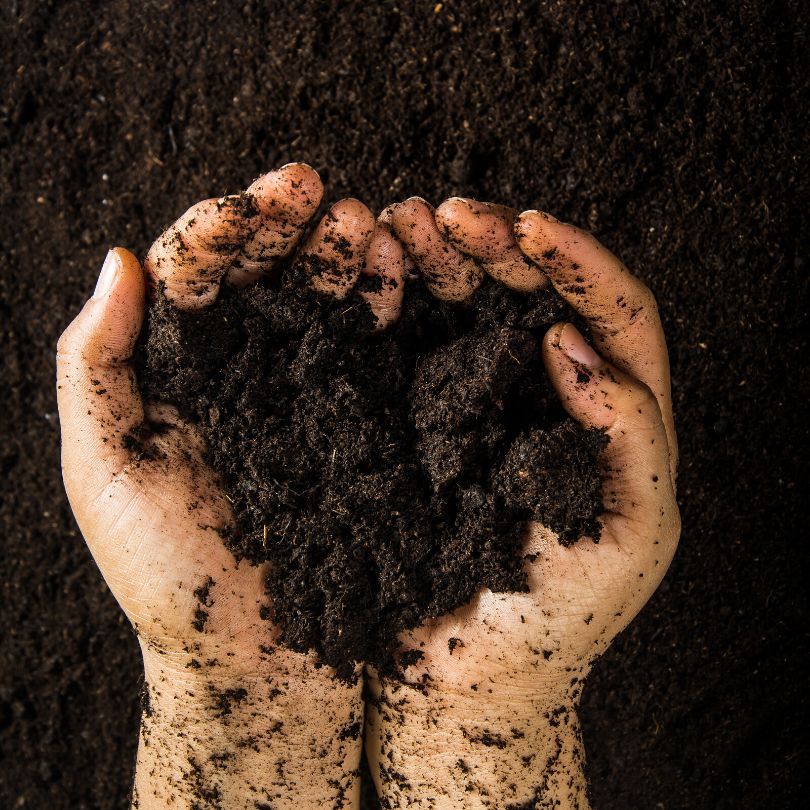
Understanding Soil Health and Regeneration
Soil is not just dirt; it’s a living, breathing foundation that sustains your garden. Healthy soil is teeming with microorganisms, nutrients, and organic matter that plants need to thrive. To regenerate your soil:
Add organic matter regularly through compost or mulch.
Rotate your crops to prevent nutrient depletion and soil-borne diseases.
Avoid synthetic fertilizers that can harm beneficial soil life.
By nurturing your soil, you’re setting the stage for a garden that’s robust, productive, and self-sustaining.
Composting: Turning Waste into Garden Gold
Composting is like a magic trick where you turn kitchen scraps and yard waste into rich, fertile soil. It’s simple:
Combine green waste (like vegetable peels) with brown waste (like dried leaves).
Keep the pile moist and turn it occasionally to speed up decomposition.
Use the finished compost to feed your garden and boost soil health.
Composting reduces landfill waste and is one of the most rewarding regenerative practices you can adopt.
Choosing the Right Plants for a Self-Sustaining Ecosystem
Selecting the right plants is crucial for a garden that practically takes care of itself. Go for diversity:
Plant native species that are adapted to your local conditions.
Include perennials that return year after year with minimal effort.
Choose plants that attract beneficial insects for natural pest control.
This approach creates a balanced ecosystem where plants support each other and reduce the need for human intervention.
Maximizing Resources for Garden Efficiency
Water Wisdom: Conserving H2O with Smart Techniques
Water is precious, and in survival gardening, it’s vital to use it wisely. Here’s how:
Collect rainwater in barrels to irrigate your garden during dry spells.
Use mulch to retain soil moisture and reduce evaporation.
Opt for drip irrigation or soaker hoses that deliver water directly to plant roots.
These strategies save water and ensure it’s used where it’s needed most—your plants.
Repurposing Household Items for Garden Use
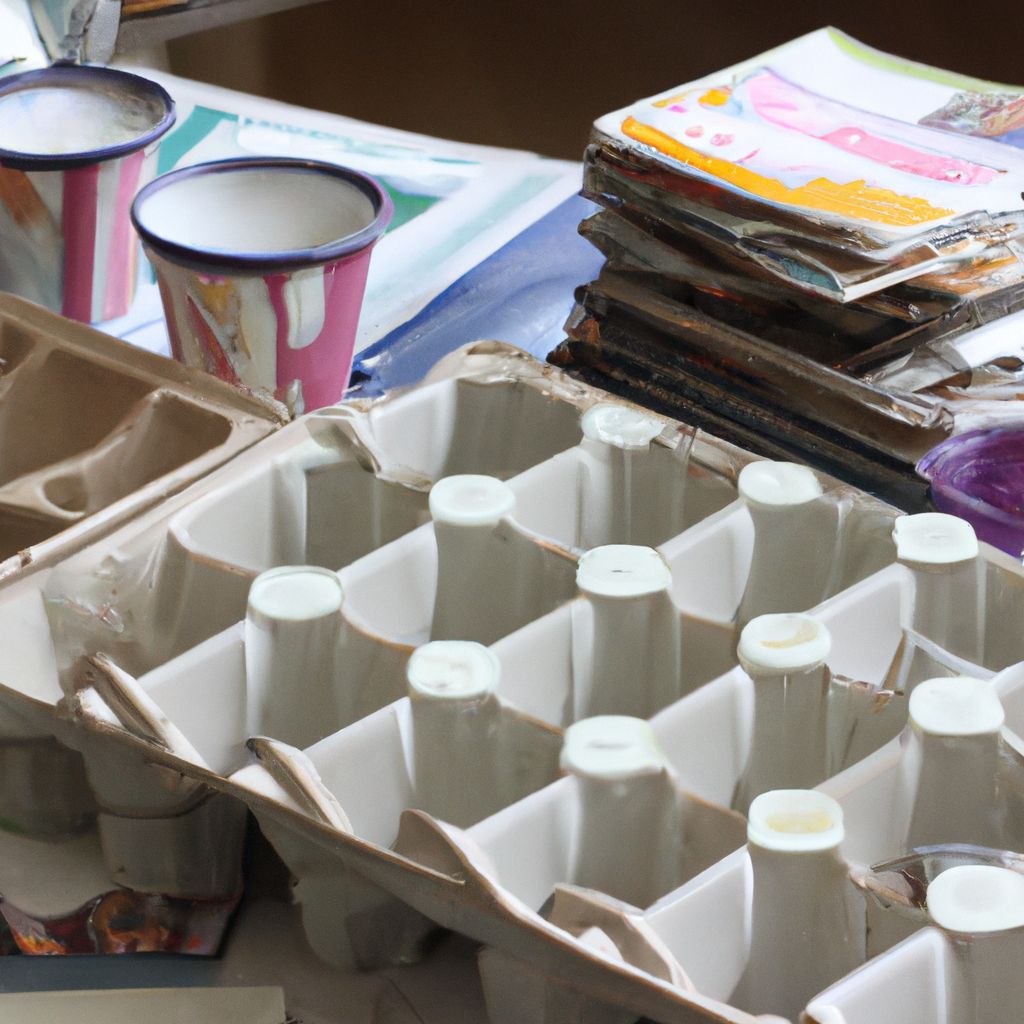
Resourcefulness is key in a survival garden. Look around your home for items you can repurpose for garden use. Old yogurt containers can become seed starters, egg cartons can help organize seeds, and even newspapers can be used for mulching. This not only saves money but also reduces waste, making your garden a champion of sustainability.
Seed Saving and Propagation for Long-Term Sustainability
Saving seeds from your best-performing plants is not just economical; it’s a way to select for traits that are well-suited to your specific garden conditions. Learn more about survival gardening prepping and how to do it:
Let some of your plants go to seed and collect them after they’ve dried.
Store seeds in a cool, dry place until you’re ready to plant them again.
Practice propagation techniques like cuttings or division to multiply your plants.
These practices ensure a continuous supply of seeds and plants, year after year.
Cultivating Resilience Against Environmental Stress
Now, let’s focus on resilience. A garden that can bounce back from adversity, whether it’s a harsh weather event or a pest outbreak, is a garden that will sustain you in the long run. Building resilience into your garden is about more than just choosing tough plants; it’s about creating an environment where plants can thrive despite challenges.
Protecting Plants from Pests and Disease Naturally
Avoiding chemicals and pesticides is not only better for the environment, it’s also healthier for you. Encourage natural predators like ladybugs and lacewings, which feed on common garden pests. Introduce companion planting, where certain plant combinations can deter pests or improve plant health and growth. For example, marigolds can help repel nematodes that might otherwise attack your vegetable roots.
Besides that, practicing good garden hygiene by removing diseased foliage and rotating crops can help prevent the spread of diseases.
Climate-Adaptive Gardening: Planting for Your Region
Choose plants that are suited to your local climate and weather patterns. This might mean drought-resistant varieties in arid regions or flood-tolerant species in wetter areas. Understanding your local ecosystem and working with it, rather than against it, is crucial for building a resilient garden.
Therefore, make sure to research local plant varieties and consult with local gardening groups or extension services to find the best fits for your area.
Building Strong Roots for Stronger Plants
Strong roots lead to strong plants. Deep watering encourages plants to develop deeper root systems, which makes them more resilient to drought and better anchored against strong winds. Also, adding mycorrhizal fungi to your soil can help plants develop more extensive root systems, aiding in nutrient uptake and overall plant health.
Because a plant’s strength starts below the ground, focusing on root health is a critical step in cultivating resilience in your garden.
Harvesting Success: What to Expect from Your Survival Garden
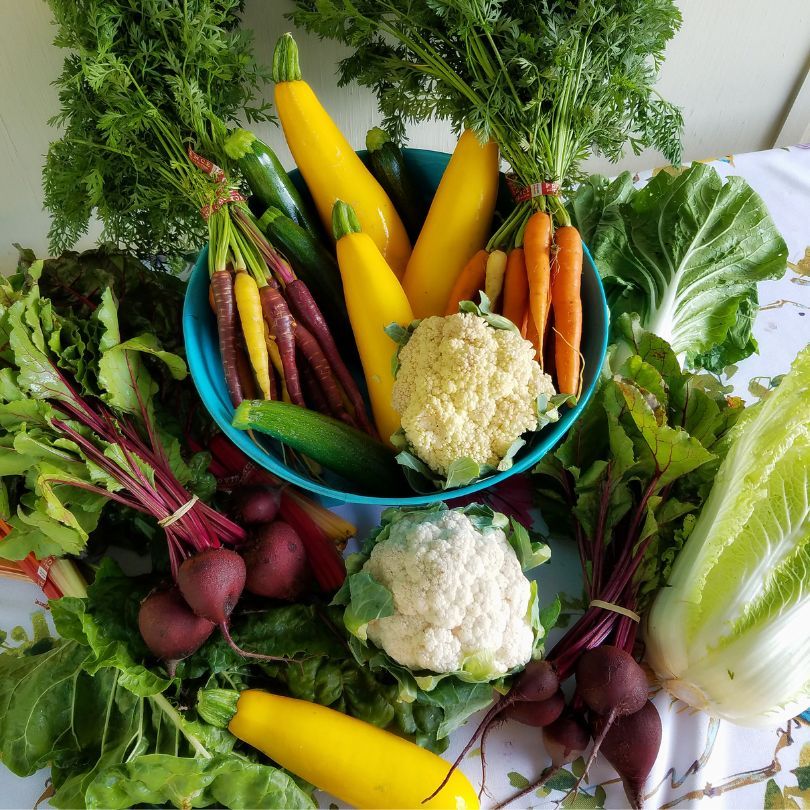
After all the planning, planting, and caring for your survival garden, the harvest is where you get to see the fruits of your labor. A successful harvest isn’t just about the quantity of the produce but also about the quality and the sustainability of your gardening practices.
Most importantly, a survival garden is about more than just food; it’s about cultivating a sense of security and self-reliance that can sustain you and your loved ones in uncertain times.
Monitoring Growth: Tracking Plant Development
Keep an eye on your plants throughout the growing season. Monitoring growth can help you catch any issues early on, like nutrient deficiencies or pest infestations. Use a garden journal to track when you plant, when you fertilize, and how your plants respond. This information is invaluable for planning future gardens.
Because attentive observation is a cornerstone of successful gardening, make it a regular part of your routine.
Enjoying the Bounty: Tips on Harvesting and Storage
When it’s time to harvest, you want to make sure you’re doing it right to get the best taste and longest shelf-life from your produce. Here are some tips: For more in-depth guidance, consider reading about prepping freeze-drying techniques which can be essential for preserving your garden’s bounty.
Harvest in the morning when temperatures are cooler to keep produce crisp.
Use sharp scissors or pruners to cut fruits and vegetables to avoid damage.
Store your harvest in a cool, dark place to prolong freshness.
And remember, the freshest produce comes straight from your garden to your table. There’s nothing quite like the taste of a tomato that’s still warm from the sun!
Reflecting and Adjusting: Post-Harvest Evaluations
After the harvest, take time to reflect on what worked and what didn’t. This is your chance to adjust for next season. Did certain plants not perform well? Maybe they need a different spot in the garden or a little more shade. Did you have an abundance of one vegetable? Perhaps you can plan to preserve some for the off-season next year. Learning from each season is what makes you a wiser and more successful gardener.
FAQs
Got questions? You’re not alone. Here are some common ones I hear from fellow gardeners:
How do I start a regenerative garden if I have limited space?
Even if you’re short on space, you can still garden regeneratively. Try container gardening or vertical gardens, and focus on soil health with compost and mulch. Choose plants that have multiple uses, like herbs that can be used for cooking and medicinal purposes.
And don’t forget about community gardens! They’re a great way to get more space and share knowledge with other gardeners.
Can you suggest some resilient plants for beginners?
Absolutely! Some tough plants that are great for beginners include zucchini, tomatoes, peppers, and beans. They’re generally easy to grow and can withstand a range of conditions. Just make sure to choose varieties that are suited to your climate.
What are some common mistakes in survival gardening?
One common mistake is not preparing the soil properly. Soil health is crucial, so take the time to add compost and ensure proper drainage. Another mistake is not planning for pests and diseases. Learn about companion planting and natural pest control methods to keep your garden healthy.
How do I create a composting system that doesn’t attract pests?
To keep pests away from your compost, make sure to implement natural pest protection strategies.
Keep meat and dairy out of your compost pile, as they’re more likely to attract unwanted critters.
Turn your compost regularly to speed up decomposition and reduce odors.
Use a compost bin with a lid to keep pests out.
With these tips, you can have a thriving compost system without the worry of attracting pests.
Are there any resources available for community survival gardening?
Yes, there are many resources! Look for local gardening clubs, extension services, and online forums where you can connect with other gardeners. Many communities have programs that provide space, tools, and education for group gardening efforts. It’s a great way to learn and grow together.
As we wrap up, remember that survival gardening is about more than just growing food; it’s about creating a sustainable future for ourselves and our planet. By focusing on the Three ‘R’s—Regenerate, Resource, and Resilience—we’re not just gardening; we’re stewarding the earth for generations to come.
The Three ‘R’s of Survival Gardening: Regenerate, Resource, and Resilience are fundamental concepts for anyone looking to create a sustainable food source in uncertain times. Understanding these principles is essential for developing a cost-effective survival garden that can withstand the challenges posed by climate change, natural disasters, and other unforeseen events. By focusing on regeneration of the soil, efficient resource management, and building resilience through biodiversity and planting strategy, survival gardening can be a rewarding and life-sustaining practice.





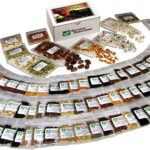

Leave a Reply